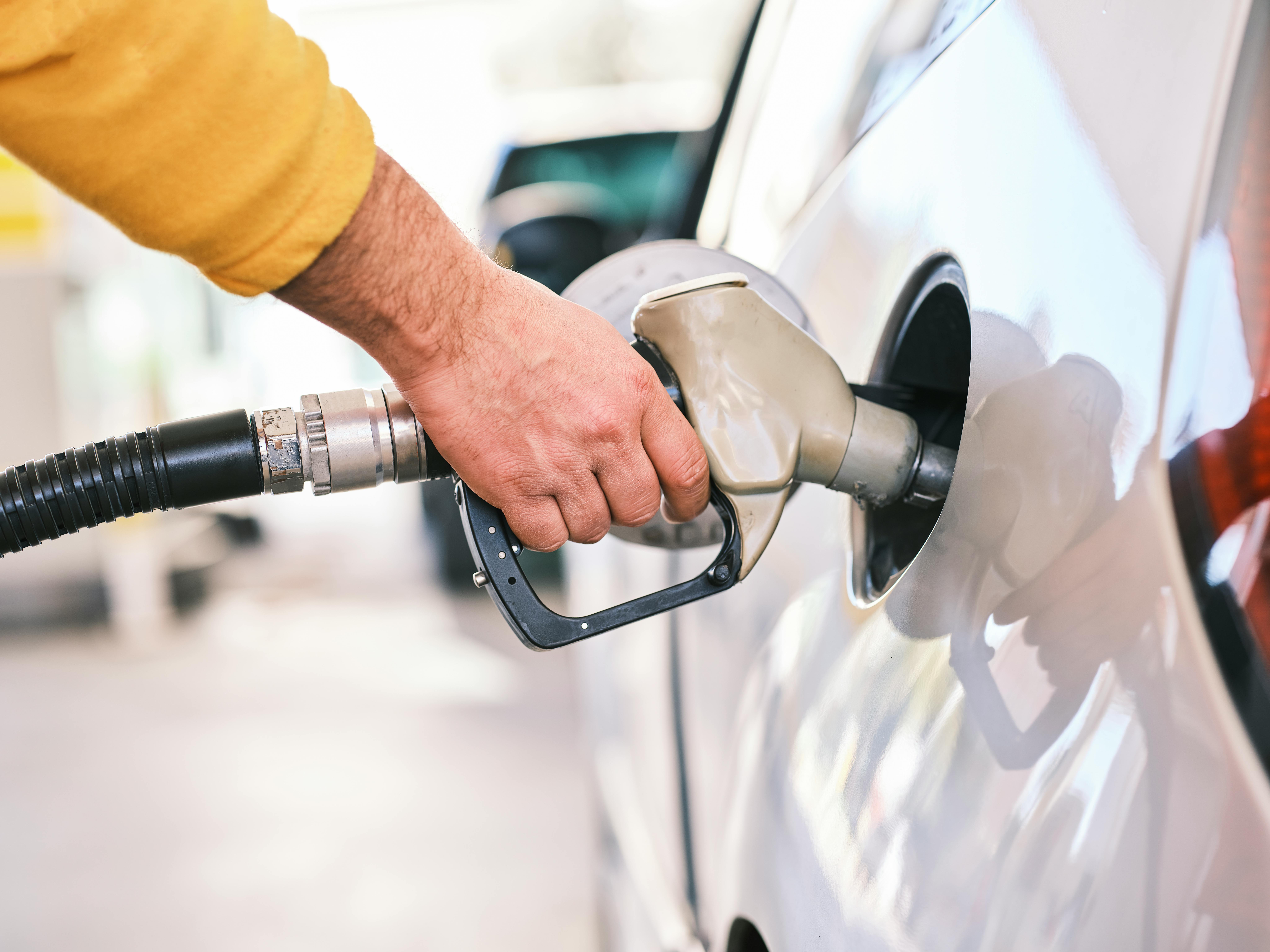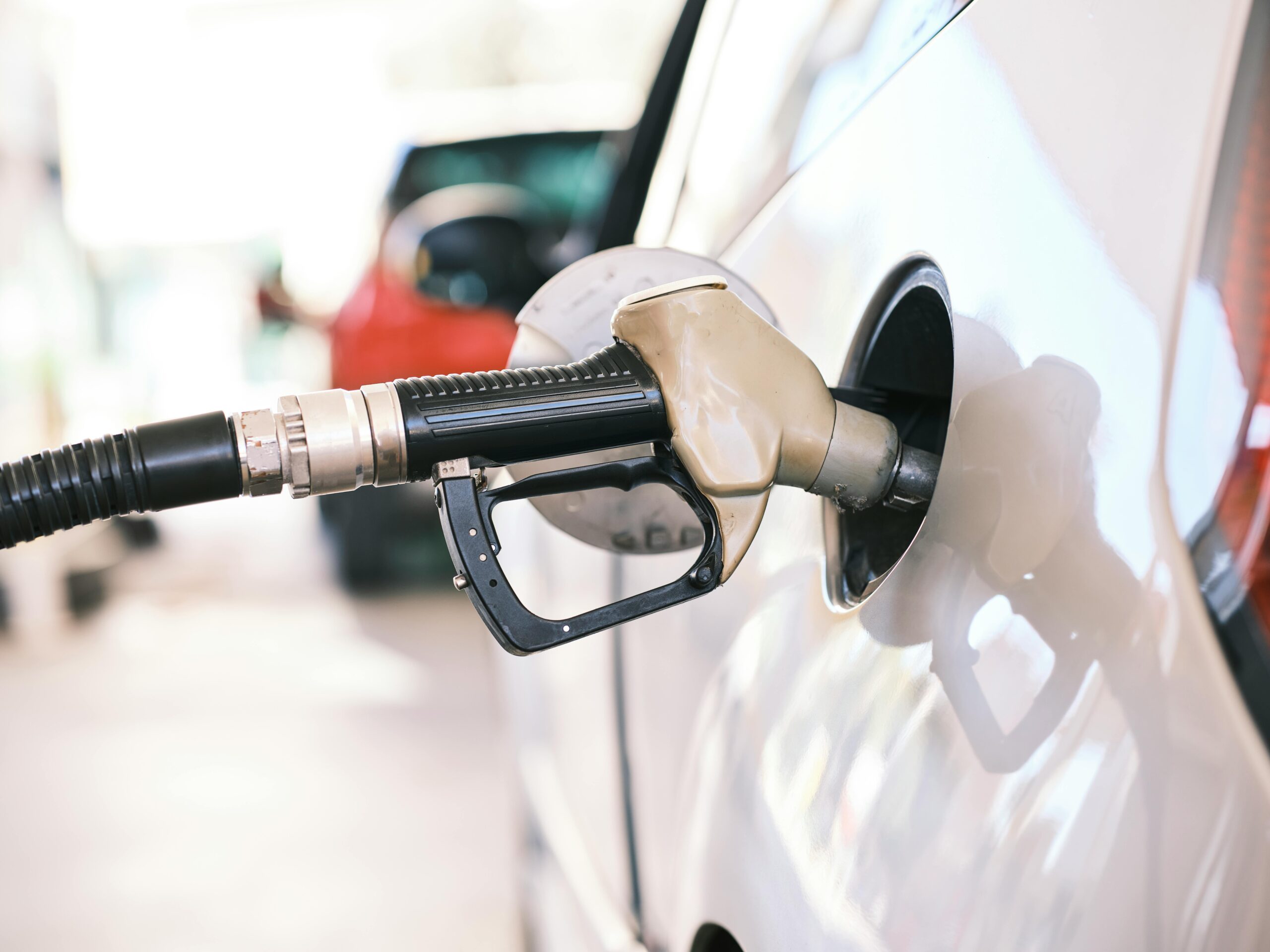A Complete Guide to Fuel Tank Hose Fittings
Fuel tank hose fittings are essential components in automotive, industrial, and marine fuel systems. They ensure secure, leak-free connections between fuel tanks and various parts of the fuel system. In today’s fuel-dependent world, understanding the role and application of these fittings is critical for safety and efficiency. This article will walk you through everything from the basics to advanced usage, ensuring you’re equipped to make informed decisions.

Understanding the Fundamentals
Fuel tank hose fittings connect hoses to tanks, pumps, or valves in a secure, pressure-resistant manner. These connectors come in various materials, sizes, and shapes tailored to specific fuel types and systems. Their evolution has significantly reduced leakage and improved fuel delivery efficiency across sectors.
Mastering the fundamentals of fuel hose connectors is crucial. Much like a blood vessel ensures life-sustaining flow in the human body, fuel hose fittings play a critical role in distributing fuel without disruption.
1.1 Types of Fuel Tank Hose Fittings
There are several types of fuel line fittings available, including barbed, quick-connect, threaded, and push-lock. Each has unique features tailored to specific systems:
- Barbed fittings: Ideal for rubber hoses; require clamps for secure sealing.
- Quick-connect fittings: Used for rapid assembly/disassembly; common in automotive use.
- Threaded fittings: Provide tight seals for high-pressure systems.
- Push-lock fittings: Simplify installations without clamps in low-pressure systems.
Recent industry reports show a 20% increase in the use of quick-connect fittings in automotive manufacturing, thanks to their ease of use and time-saving benefits.
1.2 Material Considerations
Fittings are typically made from materials such as brass, stainless steel, aluminum, or high-grade plastic. Stainless steel offers the highest corrosion resistance, while aluminum provides a balance of strength and weight.
For example, marine fuel systems often rely on corrosion-resistant materials like brass or stainless steel to withstand saltwater exposure. Selecting the right material extends the life of your fuel system and ensures consistent performance.
Practical Implementation Guide
Once you understand the types and materials of fuel tank hose fittings, implementation becomes straightforward. Proper installation enhances safety, prevents leaks, and ensures optimal fuel flow. Let’s dive into how you can integrate these components into your fuel system.

2.1 Actionable Steps
- Determine your fuel system’s requirements: Identify pressure ratings, fuel type, and hose size before selecting a fitting.
- Choose the correct fitting type and material: Match fittings with the environmental and operational demands of your system.
- Prepare for installation: Use clamps, thread sealants, or torque tools based on fitting type. Test all connections under load.
2.2 Overcoming Challenges
Common issues include incorrect sizing, corrosion, leaks, and vibration-related failures. Here’s how to tackle them:
- Leakage: Use thread sealant and tighten fittings to manufacturer specifications.
- Corrosion: Opt for stainless steel in harsh environments.
- Vibration loosening: Install anti-vibration supports or use locking clamps.
Always inspect the fuel system post-installation. Professionals recommend pressure testing and periodic maintenance for lasting performance.
Advanced Applications
As you become familiar with basic installation, exploring advanced techniques can greatly improve system durability and performance. These include high-pressure applications, integrated monitoring systems, and modular component usage.

3.1 High-Pressure and Performance Systems
Performance vehicles and industrial equipment often operate under high pressure. Here, AN fittings with braided hoses are preferred for strength and precision. Case studies show that switching to AN fittings can reduce fuel delivery issues by up to 35%.
3.2 Integrated Sensor Systems
Modern systems integrate fuel pressure sensors with fittings to monitor performance in real time. These setups are compatible with automotive ECU systems and can detect anomalies early, reducing risk of breakdowns.
Future Outlook
With the shift toward cleaner energy and electric vehicles, fuel systems are evolving. Yet, for aviation, shipping, and combustion engines, demand for efficient fuel tank accessories remains steady.
In the next 3-5 years, expect to see more smart fittings with IoT capabilities and self-sealing designs. Staying updated with trends will ensure your systems remain compliant and efficient.
Conclusion
To summarize, fuel tank hose fittings are vital components ensuring safe and efficient fuel delivery. Understanding fitting types, materials, and installation practices is essential for long-term success.
Whether upgrading a vehicle or designing an industrial system, investing in the right fittings pays off in performance and reliability. Start your upgrade today and ensure your system is leak-free, compliant, and future-ready.
Frequently Asked Questions
- Q: What are fuel tank hose fittings? Fuel tank hose fittings connect hoses to tanks or components, ensuring safe and secure fuel transfer without leaks.
- Q: How do I choose the right fitting for my vehicle? Start by checking your hose size, pressure requirements, and fuel type. Then match it with a suitable fitting material and type.
- Q: How long does installation take? Typically 30 minutes to 2 hours depending on the system size and complexity.
- Q: How much do fuel fittings cost? Costs range from $5 to $50 per fitting based on material, type, and size.
- Q: Are quick-connect fittings better than threaded? Quick-connects are faster to install but may not suit high-pressure or high-vibration systems like threaded fittings do.
- Q: Is it hard to install these fittings? Most installations are DIY-friendly with basic tools, but complex systems may require professional help.
- Q: Are there industry-specific uses? Yes, for example, aviation fittings must meet strict aerospace standards, while marine applications focus on corrosion resistance.
